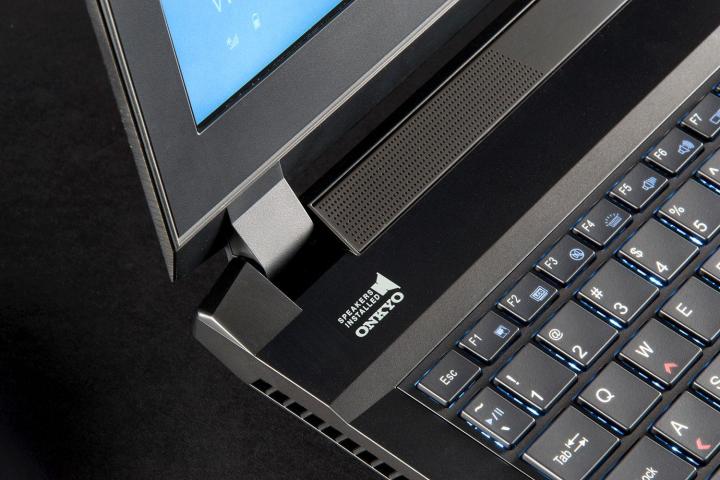
Google Chrome Tone, as it’s called, translates URLs into audible signals, working like a telephone to send data quite literally over the air. It encodes markers in a series of beeps — a process known as “dual-tone multi-frequency signaling” — that nearby computers with Tone installed can understand. Messages sent by clicking the Tone button in the Chrome extension toolbar trigger an actionable notification on recipient computers with your Google profile, picture, and the shared URL.
Tone, of course, is more of a pairing mechanism than means of data transfer — the reasons sound isn’t great for sending data are many, but one is its incredible susceptibility to interference (as anyone who’s attended a monster truck rally can tell you). Instead, Tone and similar sound-sending apps upload the data to be sent to servers and use the tones as digital signposts to the data’s location. That means Tone will never work without an Internet connection, of course, but does open the door to far more than URLs in the future — nothing technical is stopping Google from expanding Tone to photo or file transfer.
So what’s the advantage over e-mail, exactly? Installation requirement aside, it’s a platform-agnostic way to synchronize sending — every computer in range (even over video messaging like Skype and Hangouts) receives the same data at theoretically the same time, although travel time is impacted to a degree by barriers and noise level. “Not every nearby machine will always receive every broadcast, just like not everyone will always hear every word someone says,” explained Google Research’s Alex Kauffman and Boris Smus in a blog post.
Then again, considering troubleshooting is a simple as turning up the volume, Tone still has appeal. Kauffman and Smus write it’s best suited for “small teams, students in classrooms, and families with multiple computers.”
You can give Tone a go yourself by installing the extension from the Chrome Web Store.
Editors' Recommendations
- 5 web browsers you should use instead of Google Chrome or Edge
- Google just settled a $5B privacy suit involving Chrome browser
- Chrome is still a RAM killer, but this new feature would be a huge help
- I found a Chrome extension that makes web browsing bearable again
- Chrome is making a key change to protect you from phishing

